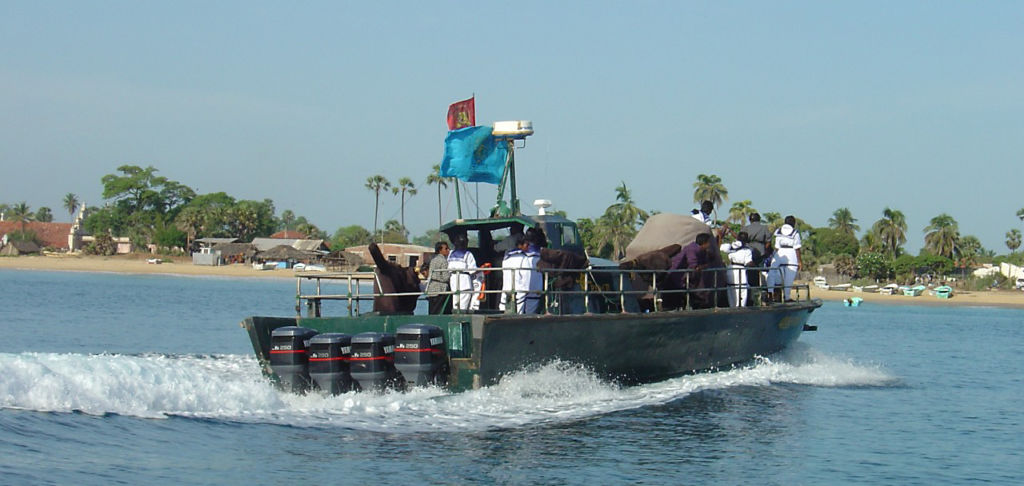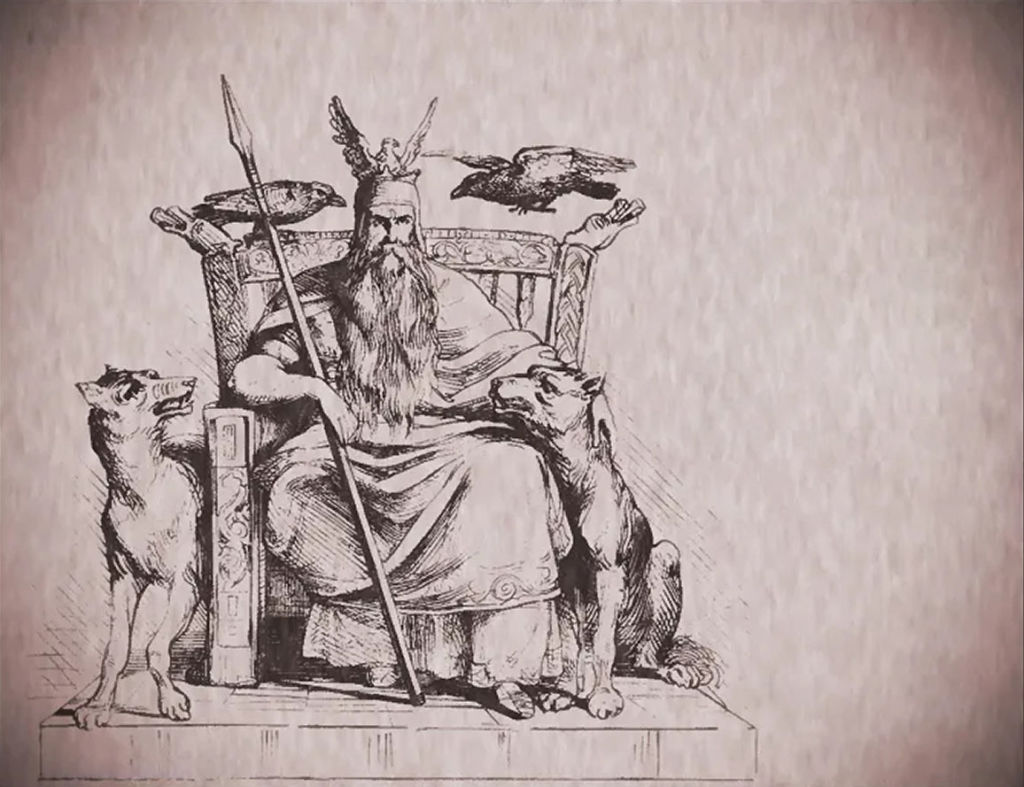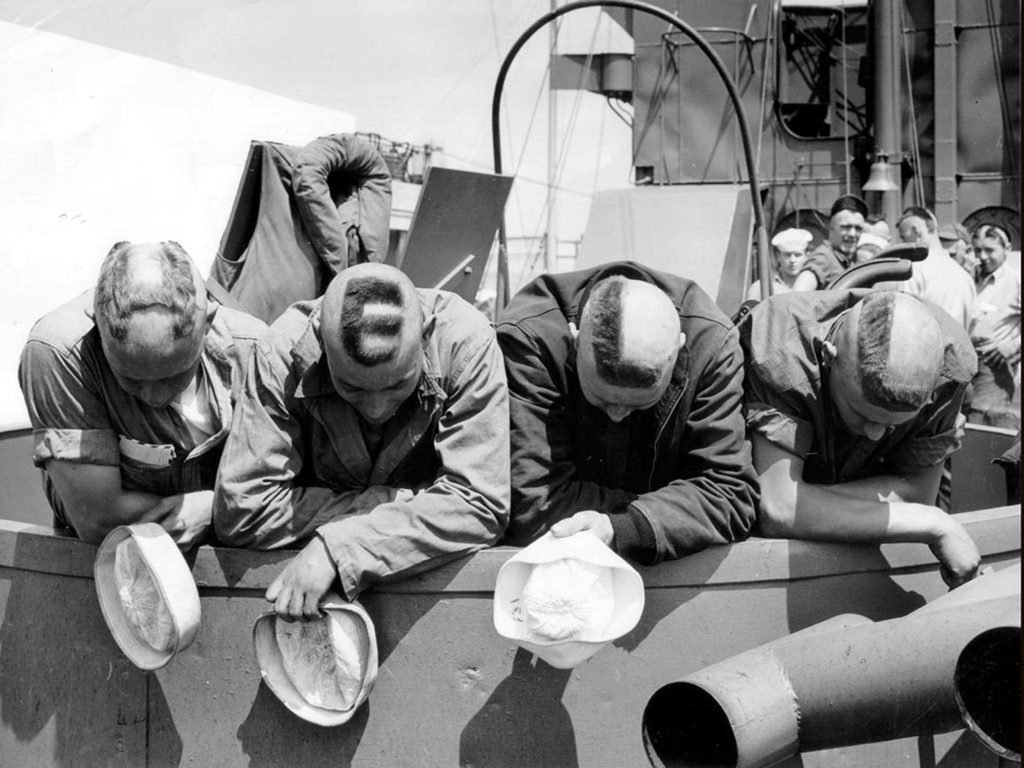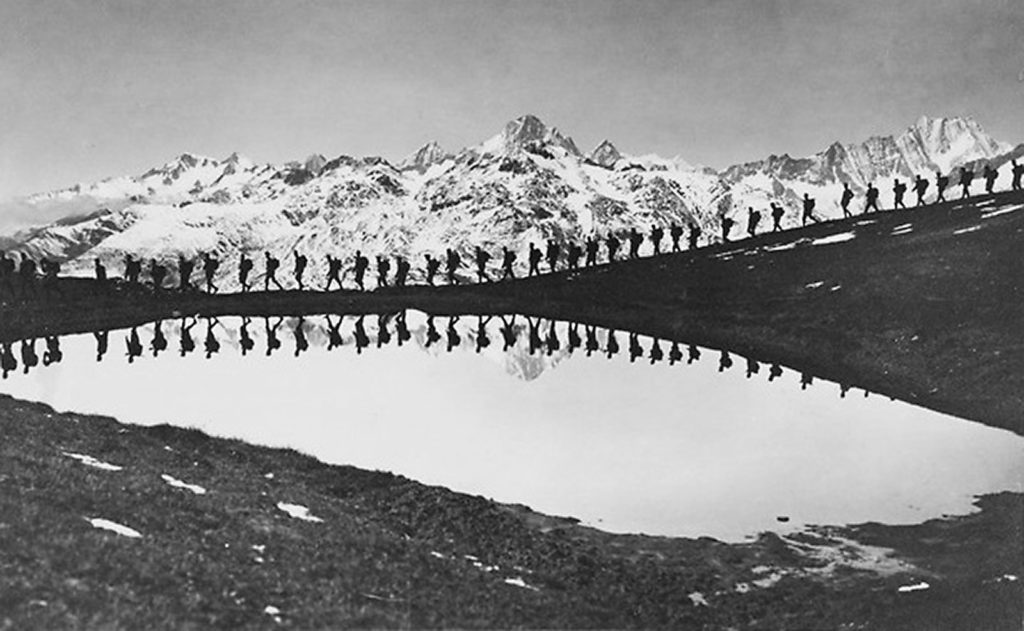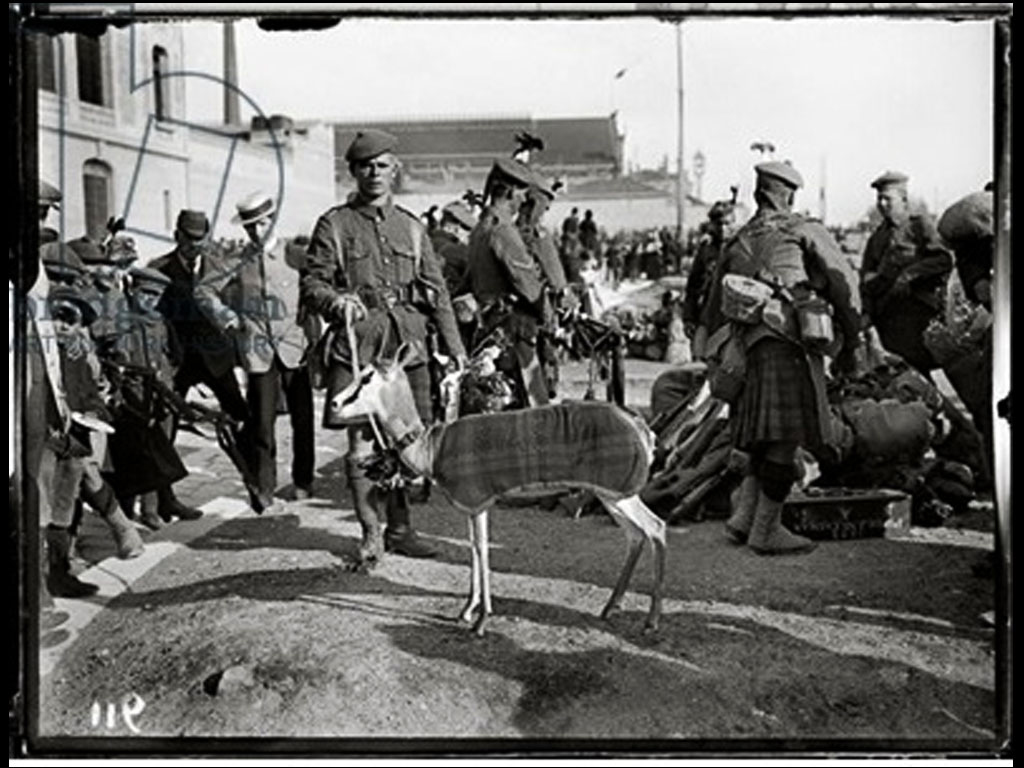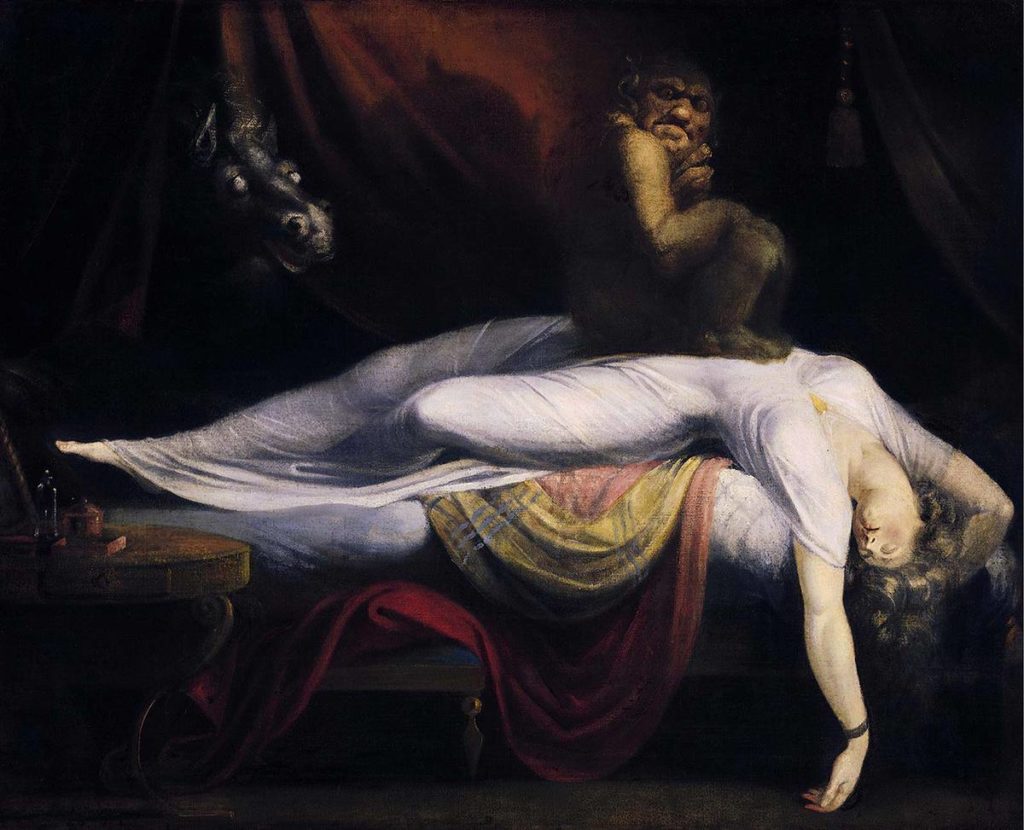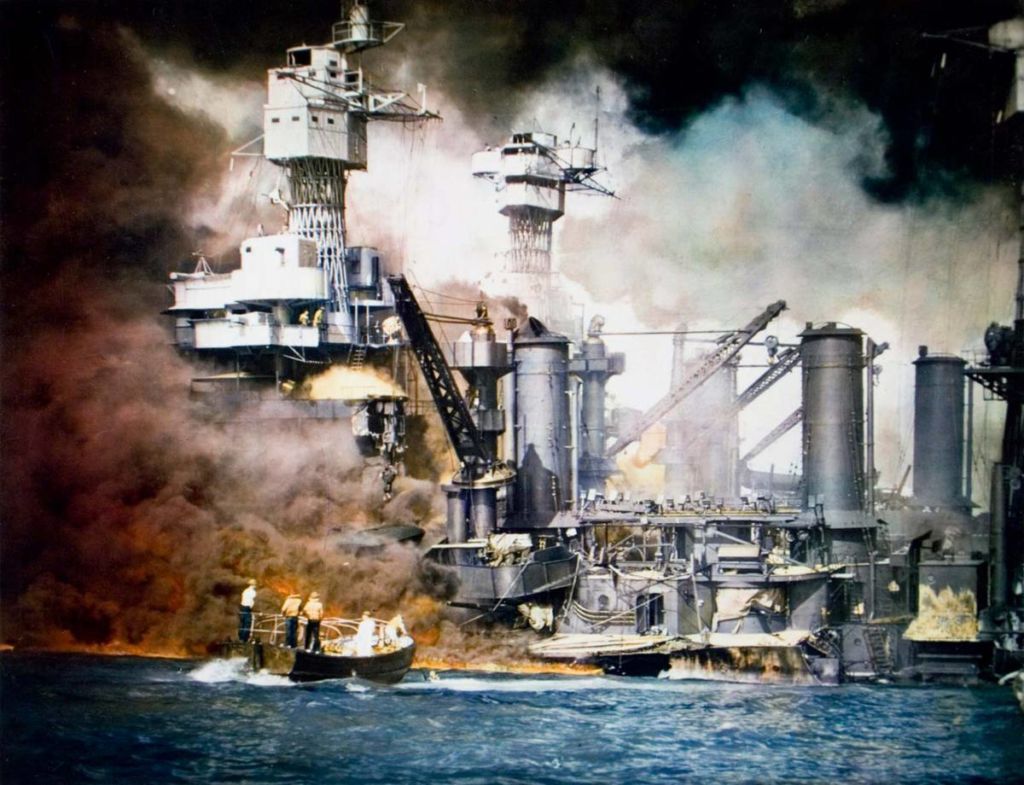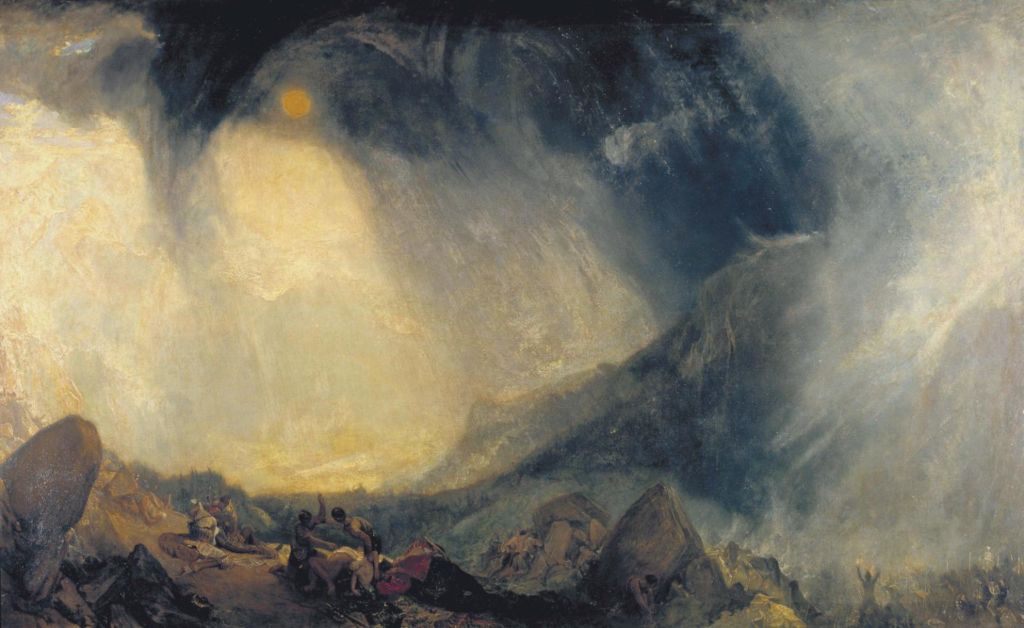Utoya is a very small island of 0.12 km2, a small territory in the middle of one of the largest lakes in Norway, Tyrifjord, located some 30 kilometers away from Oslo. The property of the Young Workers League that organizes Summer camps, its name is now connected to the killing of July 22, 2011, by the far-right terrorist Anders Breivik who, on that day, murdered 69 people, first in Oslo, then in Utoya.
After an international contest intended to create a memorial to remember the tragedy, the project of Swedish artist Jonas Dahlberg was retained unanimously. A peninsula located on the territory of the city of Hole (just in front of Utoya) was chosen to welcome this project.
Jonas Dahlberg offered an impressive piece, with a long-term impact in the landscape. A deep trench, filled with the lake’s water, would have made the tip of the headland inaccessible, on the rock side of which the name of the victims would have been engraved. On the other side of this 3.5 meters wide water bed, a sort of balcony dug in the rock, where the visitors could collect their thoughts after a dozen-minutes journey through the forest – the experience of this walk being an integral part of the work of art. The excavated soil was to be transformed in Oslo to be used for the creation of a second memorial, dedicated to the people lost during the first attack in Oslo. For the artist, it was a matter of evoking loss in a “physical and direct” way, like an open wound, where nature, by reclaiming its rights, would have erased the traces of the massacre.
But the neighboring inhabitants, some of whom were witnesses to this tragedy, helped survivors to flee the island or lost loved ones, opposed the construction of this project. Among the reasons invoked, the most recurrent one was to not face so quickly a landscape forever marked by the slaughter, the difficulty to be confronted endlessly to the memory of the tragedy in a modified landscape.
Despite the debate created by this opposition, and facing the risk of a trial initiated against the State in such a sensitive period, Joan Dalberg’s project was postponed in 2016, then abandoned in 2017 in favor of that of the team of Bas Smet, which should be located a little farther away, near the pier for Utoya. A landscape architect and urban planner, Bas Smet had already created a memorial for the victims of the Brussels attacks of May 22, 2016: a memorial in the heart of a forest outside of town, that had not rocked the boat.
Translation by Maya Dalinsky
Cover: Model of Memory Wound, the (cancelled) memorial for the victims of the July 22, 2011 massacre on Utoya island, Norway. Photo: courtesy Jonas Dahlberg Studio.

